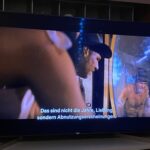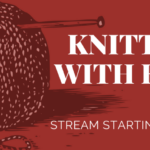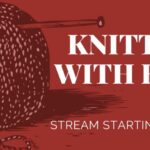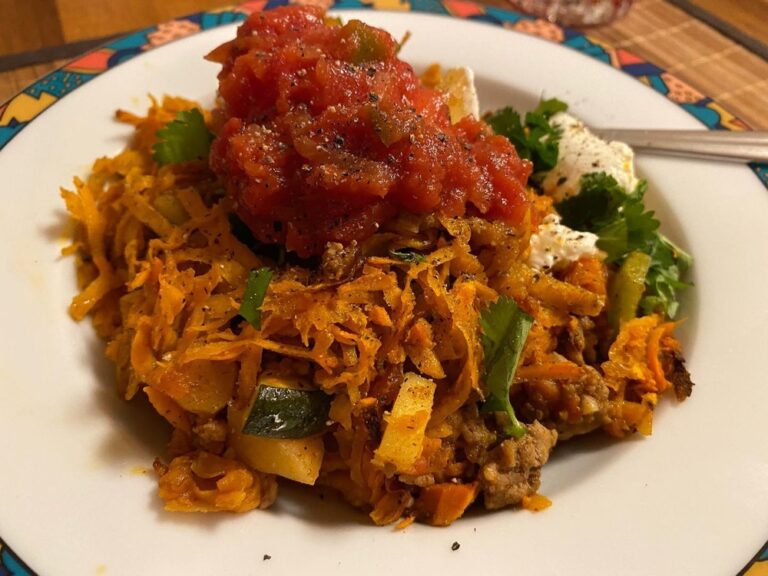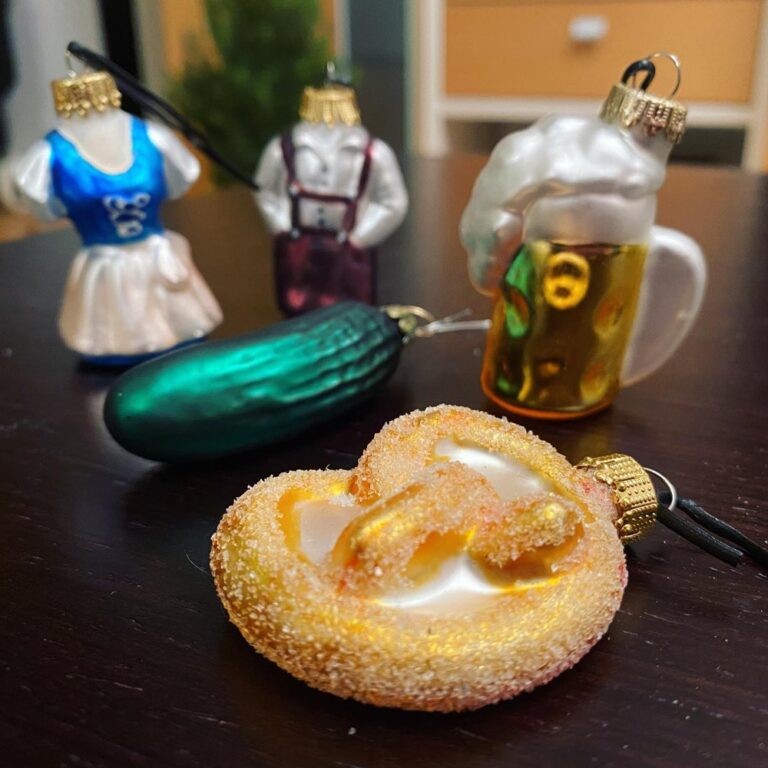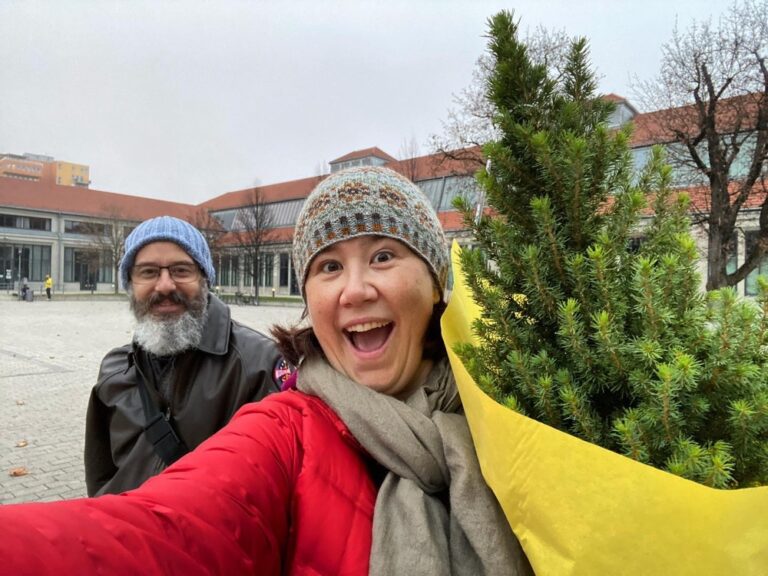@jennapederson There are other ways! Sometimes I use a crochet hook if I have one handy. How do you do it??
Thank you @davidchow – this made me laugh and laugh. Definitely going to look up @flula’s work! 😂 https://t.co/0sZheCSf3L
@miko_a 😐 Well now that’s gone be stuck in my head too!
@marksbirch @MichelePlayfair @yow_conf YAY! I used to work for YOW. They’re the best. 🙂
RT @marksbirch: Excited to speak at the YOW! Conference this year!
Check out my live talk “Launching an Internal Developer Community” on T…
@dtraub GAHHH ICH HABE MEINE WEIHNACHTSKEKS VERGESSEN
RT @gdcfpday: Leading Australia / Oceania is the wonderful @Amys_Kapers who has been involved in #gdcfpday every year since the first event…
RT @gdcfpday: Leading our Europe stream is @SuzeShardlow, who was a workshop attendee and has ran a number of #gdcfpday related workshops s…
Guess who got Christmas lights? 😍 @ Theresienhöhe https://t.co/fn6q6IyO9U
“It’s not the years honey, it’s the mileage,” sounds WAY less cool auf Deutsch. 😂 https://t.co/92GlM7ZgSR
Blog post! Cycling in Munich. All about the infrastructure that makes cycling here feel a billion times safer than it did in Sydney, complete with photos from a ride I took earlier today… 🚴♂️🚴♀️
https://t.co/vtydSoe8Yq https://t.co/X8JjEXxTko
@andre_verheij It’s amazing!

